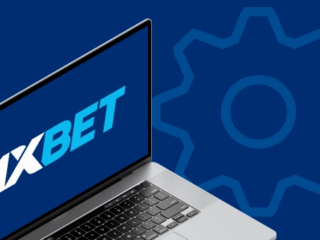
If you’ve ever sat down for a live casino session and been amazed at how smooth the experience is, no buffering, real-time interaction, and crystal-clear video, you’re not alone. The seamless nature of live casino games isn’t magic, but the result of carefully engineered systems working in perfect harmony.
At the heart of any great live game stream is cutting-edge streaming technology. Game studios are built with high-definition cameras positioned at multiple angles, making sure players can follow the action from every side. Players even get some control over their view, with customizable camera angles available through the interface. These streams are managed in real time, delivering a professional broadcast that feels like you’re right at the table.
But looking good is only part of the equation. The real trick lies in how the stream syncs with game logic. That’s where Optical Character Recognition (OCR) comes into play. This tech reads the physical game elements, cards, roulette wheels, dice, and translates them into data. It’s how you know instantly what card was dealt or where the ball landed. Combined with a database that interprets this data and displays outcomes, players get real-time feedback that keeps the experience fluid and responsive.
A small but vital piece of hardware makes all this work: the Game Control Unit (GCU). Every live game table has one. It handles the encoding of the video feed and ensures that the stream and game data stay in sync. The GCU is basically the bridge between what’s happening in the studio and what appears on your screen. Without it, even the best camera feed would be pointless.
To add to the immersive feel, live dealers play a huge role. These aren’t just any dealers; they’re trained professionals who know how to run a game, engage with players, and keep the vibe fun and interactive. They are the ones who make the game feel real, even though you’re playing from the comfort of your home. In fact, some platforms go the extra mile by hiring native-speaking dealers to better connect with international audiences.

Of course, the tech wouldn’t matter much without the right infrastructure on the user’s side. A stable internet connection is key, but so are device specs. Your device, whether it’s a desktop, laptop, smartphone, or tablet, plays a crucial role in the streaming process. Smooth gameplay generally requires at least a 2GHz dual-core CPU and 4GB of RAM, with better results on higher-end systems. And since most live games are mobile-optimized, players can hop into a session from their phone or tablet just as easily as from their desktop.
Behind the scenes, strong security measures like SSL encryption and optional two-factor authentication help maintain trust. Your personal and financial data stays safe, letting you focus on enjoying the game.
Ultimately, live casino streams are a perfect blend of tech and user-focused design. With every shuffle, spin, or roll happening in real time and backed by powerful software and hardware, players are getting a flawless, high-energy gaming experience no matter where they are.












